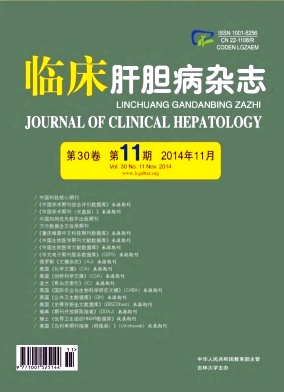Objective To investigate the clinical characteristics, etiology, and prognosis of hypoxic hepatitis (HH) . Methods The medical records of 68 patients with HH admitted to our hospital from January 2002 to December 2012 were collected and reviewed. The common causes of HH were analyzed. The patients were divided into groups of survival and death according to the clinical outcomes. The age, sex, and the Sequential Organ Failure Assessment (SOFA) score on admission were compared between groups. The clinical and laboratory data, including bilirubin (Bil) , alkaline ( ALP) , gamma- glutamyl transpeptidase ( GGT) , international normalized ratio ( INR) , lactate dehydrogenase (LDH) , alanine aminotransferase (ALT) , and blood urea nitrogen (BUN) , were monitored, and the peak of each parameter was compared between groups. Normally distributed continuous data were compared between the two groups using Student's t- test, and non- normally distributed continuous data were compared using rank sum test. Results The common causes of HH included heart failure (acute myocardial infarction and congestive heart failure) , respiratory failure, septic shock, heat shock, and severe allergic reactions to bee sting. Sharply increasing levels of serum ALT and AST were observed in all patients. The 28- day in- hospital mortality rate was 33. 8%. Significant differences between two groups were observed in age of admission (P < 0. 001) , SOFA value (P < 0. 001) , and peak levels of Bil (P < 0. 001) , ALP (P <0. 001) , GGT (P = 0. 001) , INR (P < 0. 001) , LDH (P < 0. 001) , ALT (P = 0. 013) , and BUN (P < 0. 001) . The treatments of HH mainly targeted the primary disease, while adjuvant therapies such as nutritional support and liver protection were also needed. Conclusion The prognosis of HH is poor and the mortality rate is high. The major cause of death is cardiogenic shock, followed by septic shock and acute myocardial infarction. Protecting vital organs from injury and preventing infection play important roles in improving the prognosis.







 DownLoad:
DownLoad: